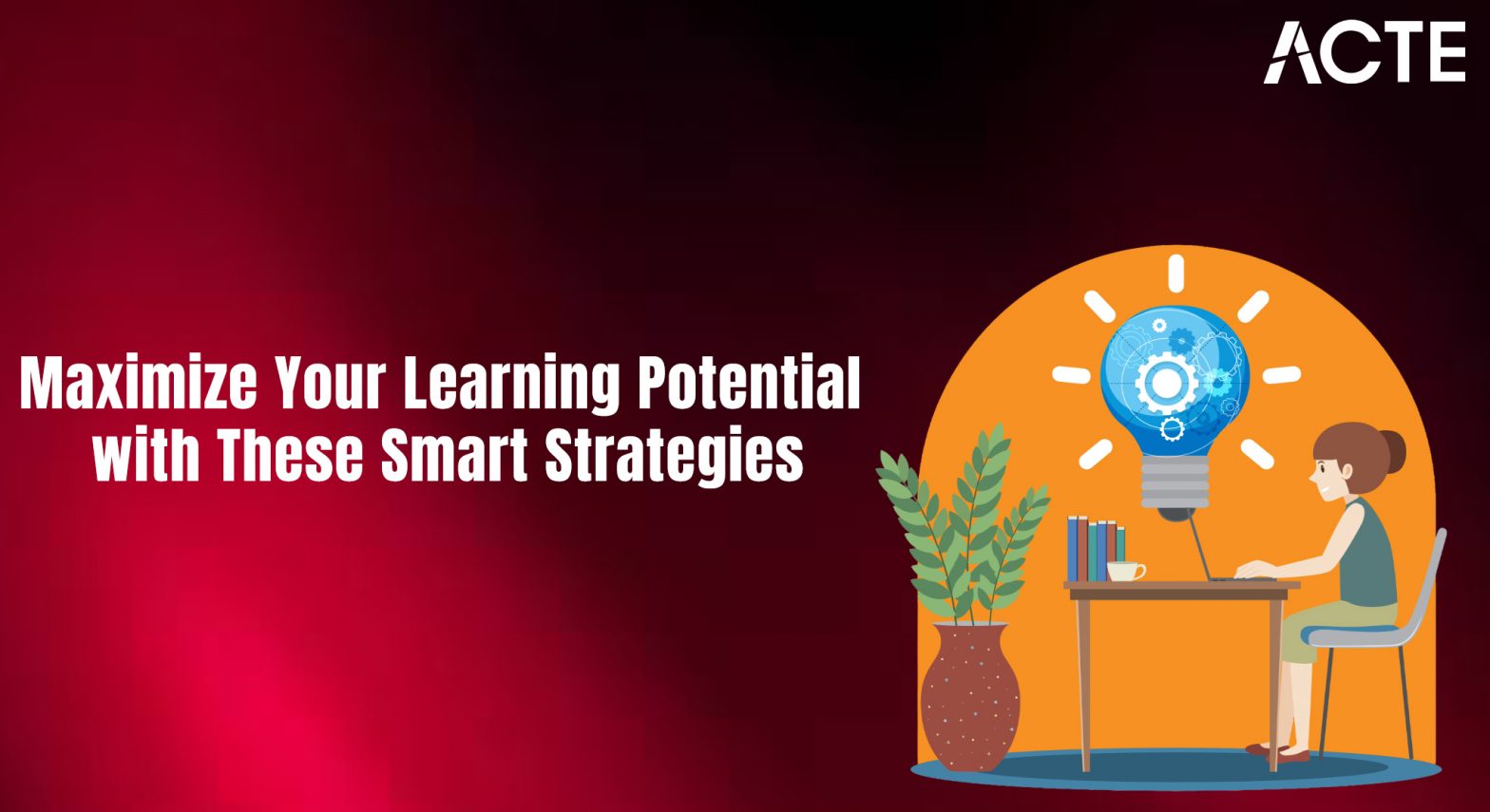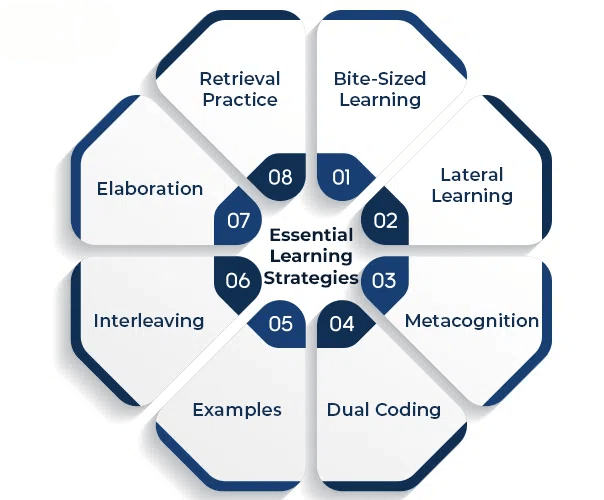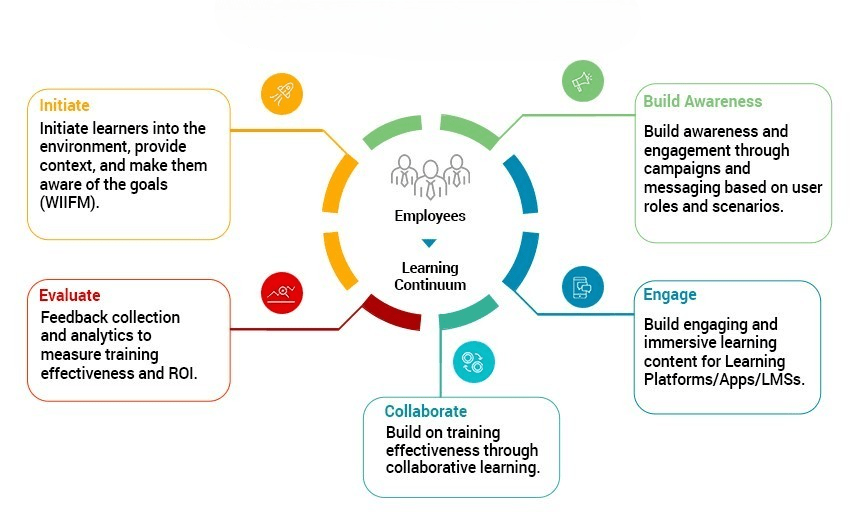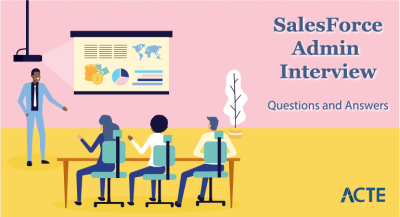
- Introduction: Unlocking Your Full Learning Potential
- Understanding How the Brain Learns: The Science Behind Learning
- Active Learning vs. Passive Learning: Which Is More Effective?
- Proven Strategies for Maximizing Learning
- The Role of Motivation in Learning: Staying Engaged
- Leveraging Technology to Enhance Your Learning Experience
- Overcoming Learning Obstacles: Dealing with Procrastination and Burnout
- Conclusion
Introduction: Unlocking Your Full Learning Potential
Whether you’re a student preparing for exams, a professional learning new skills, or pursuing lifelong personal growth, maximizing your learning potential is essential. The ability to learn effectively makes acquiring new knowledge easier and accelerates your ability to adapt to a fast-paced world. Maximizing learning potential isn’t about working harder or longer hours but working smarter. Understanding how the brain absorbs and retains information and implementing scientifically-backed learning strategies such as enrolling in Salesforce Training can enhance your focus, improve retention, and boost overall performance. This article will explore a range of practical and innovative techniques that can help you optimize your learning experience, stay motivated, and overcome common learning obstacles.
Understanding How the Brain Learns: The Science Behind Learning
To truly maximize your learning potential, it’s essential to understand how your brain processes and retains information. Neuroscience reveals that Learning is a dynamic process involving several stages, including:
- Encoding: The process of converting information into a form that can be stored in memory.
- Storage: The actual retention of information in the brain.
- Retrieval: The ability to access the stored information when needed.
The brain is most efficient at processing information when presented in manageable chunks, engaged in active Learning, and frequently revisited and applied knowledge in different contexts. These insights lay the foundation for many learning strategies we’ll explore.
Become a Salesforce expert by enrolling in this Salesforce Training Online Course today.
Active Learning vs. Passive Learning: Which Is More Effective?
Before diving into specific strategies, it’s essential to understand the distinction between active and passive Learning.
- Passive Learning is when information is absorbed without much effort or interaction. Examples include watching a lecture, reading a textbook without taking notes, or listening to a podcast. While Omni-Channel Salesforce solutions emphasize active engagement and real-time interaction, passive learning can help absorb surface-level information, though it often leads to poor retention and understanding.
- Active Learning: In contrast, active Learning requires engaging with the material, reflecting on it, and applying it in practice. It involves critical thinking, problem-solving, and interactive techniques. Studies have shown that active Learning leads to better understanding and retention of information.
Thinking About Earning a Master’s Degree in Salesforce? Enroll For Salesforce Masters Program by Microsoft Today!
Proven Strategies for Maximizing Learning
The Pomodoro TechniqueThe Pomodoro Technique is a time management method that helps you focus intensely on a task for a set period, followed by short breaks. This method capitalizes on the brain’s ability to concentrate in short bursts. Here’s how it works:
- Set a timer for 25 minutes (one “Pomodoro”).
- Work on a single task with complete focus during this time.
- Take a 5-minute break once the timer goes off.
- After completing four Pomodoros, take a longer break (15-30 minutes).
- Self-testing: Quiz yourself regularly or take practice exams.
- Teaching others: Explaining concepts to others forces you to recall and organize the information effectively.
- Flashcards: Use flashcards to prompt yourself to recall key concepts. Studies have shown that retrieval practice is one of the most effective ways to solidify long-term Learning. Mind Mapping
- 1.Write the central concept or topic in the center.
- 2.Branch out into subtopics and ideas, connecting them with lines or arrows.
- 3.Add additional layers of information as needed.
- Set specific, achievable goals: Break down large projects into smaller, actionable steps. This makes progress more tangible and boosts motivation.
- Reward yourself: Rewarding yourself for completing a study session or achieving a goal reinforces positive behavior and keeps you motivated.
- Stay positive: Cultivate a growth mindset, which is the belief that intelligence and abilities can be developed through effort. This mindset encourages resilience and persistence in the face of challenges.
- Note-taking apps like Evernote, Notion, or OneNote can help you organize and review your notes more effectively.
- Study apps like Anki or Quizlet offer features like spaced repetition and flashcards to aid memorization.
- Task management tools like Trello or Todoist help you organize your learning schedule and track your progress.
- Online courses such as Coursera, Udemy, or Khan Academy allow you to access quality learning content from anywhere.
- Break tasks into smaller chunks: Tackling a big task can feel overwhelming. Breaking it down into smaller, manageable parts will make it feel less daunting.
- Establish a routine: A consistent learning schedule can prevent procrastination by creating structure and discipline.
- Practice self-care: Regular breaks, getting enough sleep, eating well, and exercising will help maintain mental clarity and focus.
This strategy helps maintain high levels of focus and prevents mental fatigue. The Pomodoro Technique increases productivity and learning retention by breaking your work into manageable intervals.
Spaced RepetitionSpaced repetition is a powerful technique that leverages the brain’s natural forgetting curve to improve memory retention. The concept is simple: review material at increasing intervals over time instead of cramming information in one go. For example, you might review new information after one hour, then again after one day, then one week, and so on. Salesforce Training programs often incorporate spaced repetition techniques to help learners retain complex concepts more effectively. Spaced repetition helps reinforce long-term retention by preventing overloading your brain with too much information at once. Tools like Anki and Quizlet use algorithms to optimize spaced repetition for language learning, test prep, and other subjects.
Retrieval PracticeRetrieval practice involves actively recalling information from memory instead of simply re-reading or reviewing notes. This technique strengthens memory and enhances Learning by forcing your brain to retrieve information, making the memory more accessible later.
Examples of retrieval practice include:
Mind mapping is a visual technique for organizing and structuring information and showing the relationships between ideas. It’s beneficial for brainstorming, problem-solving, and understanding complex subjects like Salesforce SOQL , which involves querying data in a structured format.
To create a mind map:
Mind maps allow you to visually represent how concepts interconnect, making remembering and understanding complex information easier.

The Role of Motivation in Learning: Staying Engaged
Motivation is a critical factor in maximizing your learning potential. Without motivation, it’s easy to fall into procrastination or burnout. To stay motivated, it’s essential to clearly understand your goals and the “why” behind your learning. Exploring topics like SaaS vs. PaaS in Salesforce can also provide valuable context and direction, helping you connect what you’re learning to real-world applications. Here are some strategies to maintain motivation:
Aligning learning goals with personal interests and passions can also help you find intrinsic motivation and stay more engaged in the process.
Leveraging Technology to Enhance Your Learning Experience
In today’s digital age, there are a variety of tools and apps that can help enhance your learning experience. These tools can help you stay organized, manage time, and access valuable learning resources. Some key tools include:
Integrating technology into your learning routine can make the process more efficient and personalized.

Overcoming Learning Obstacles: Dealing with Procrastination and Burnout
Even with the best strategies, there will be times when learning becomes difficult due to obstacles like procrastination and burnout. Exploring resources like Discover How Salesforce Einstein Enhances CRM can reignite your interest by showing how smart technologies make a real impact, keeping your learning relevant and motivating. To overcome these challenges:
Listen to your body and mind. If you feel overwhelmed, take a step back and allow yourself to rest.
Conclusion
Maximizing your learning capacity is not a matter of implementing all strategies simultaneously but of discovering what suits you best and being consistent in your method. You can maximize how you learn and retain information using active learning methods such as the Pomodoro Technique, spaced repetition, retrieval practice, and mind mapping. Just as important is staying motivated, leveraging technology to support your experience such as enrolling in Salesforce Training and overcoming challenges such as procrastination and burnout. Most importantly, embracing a lifelong learning attitude will enable you to develop intellectually and personally well beyond when you’ve attained your short-term learning objectives. Success is not merely about learning more but learning better. By implementing these tactics, you can realize your learning potential and thrive in any aspect of life.




